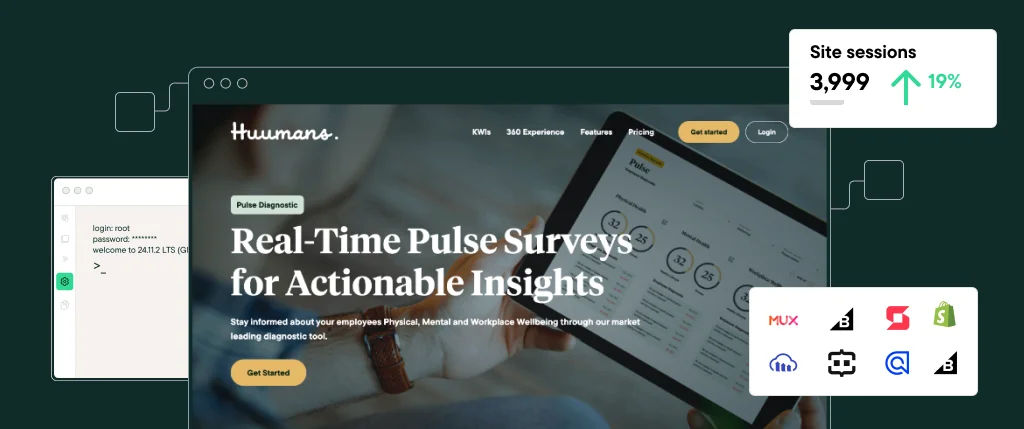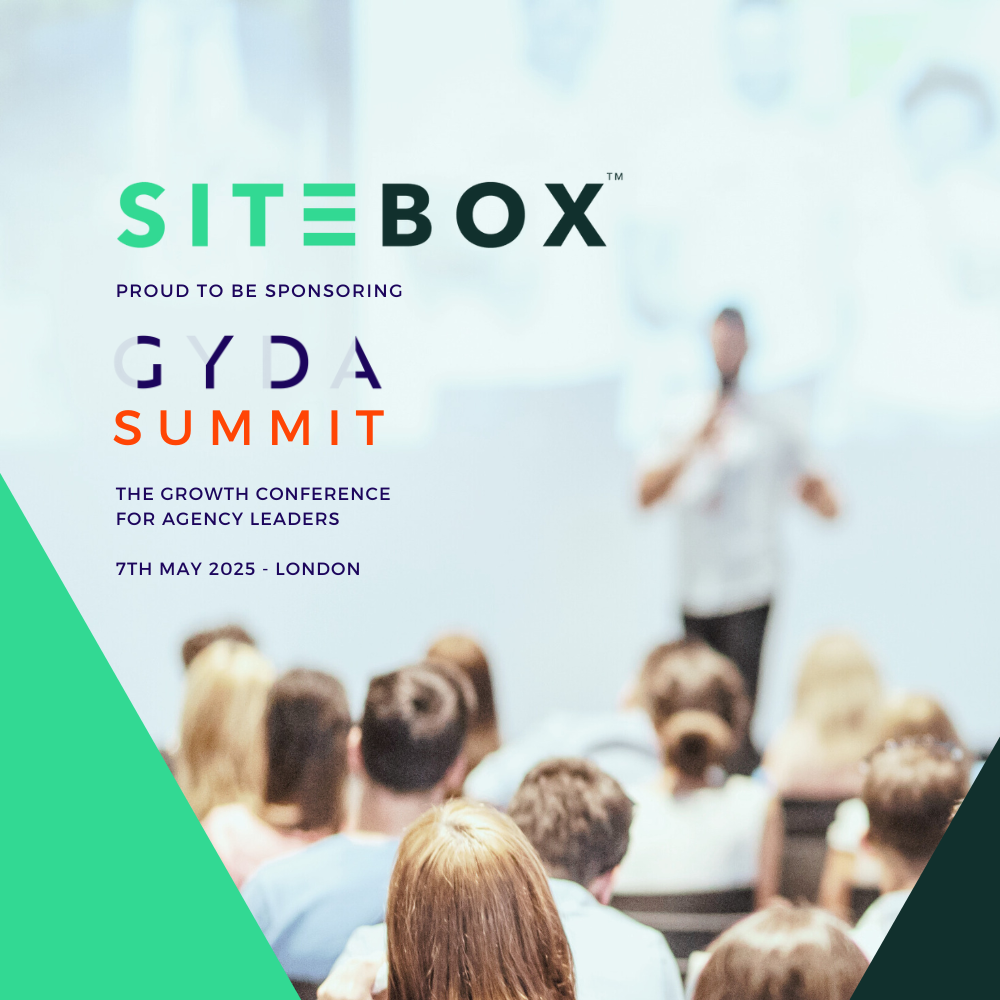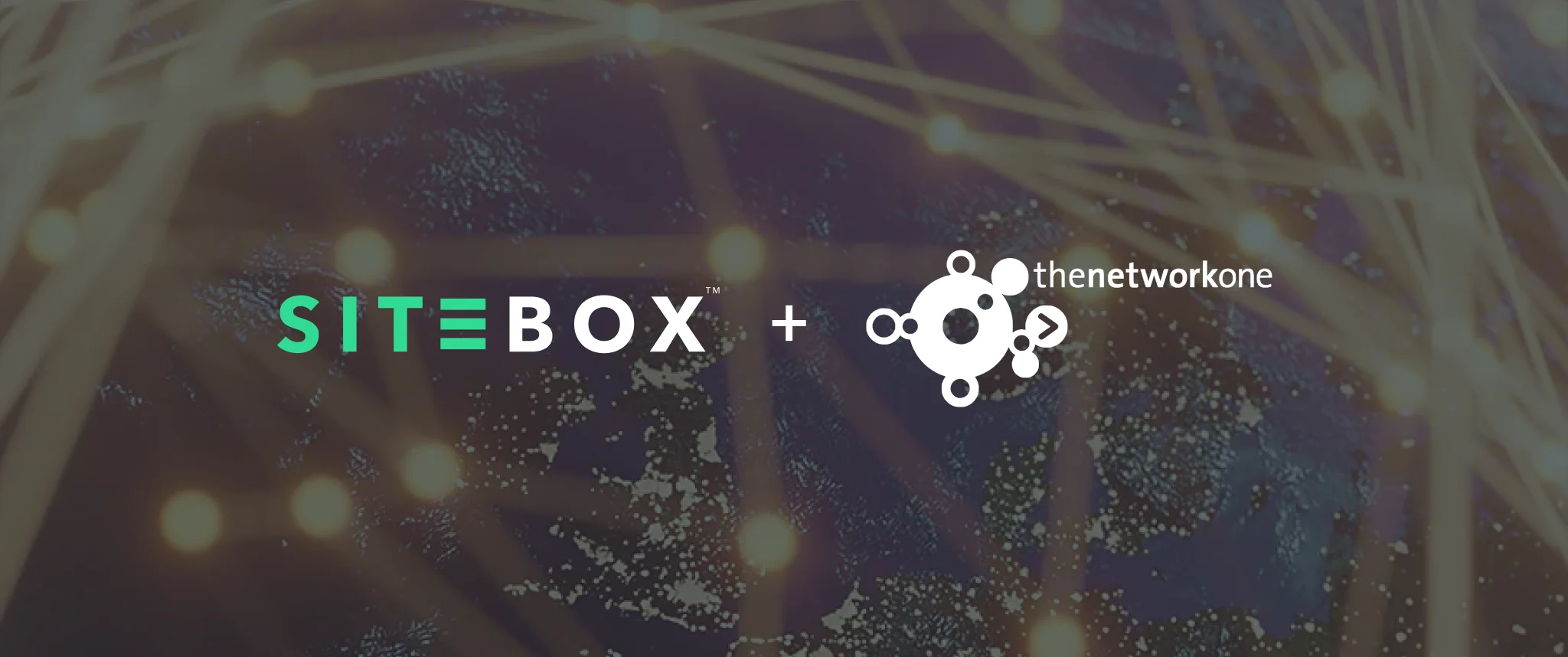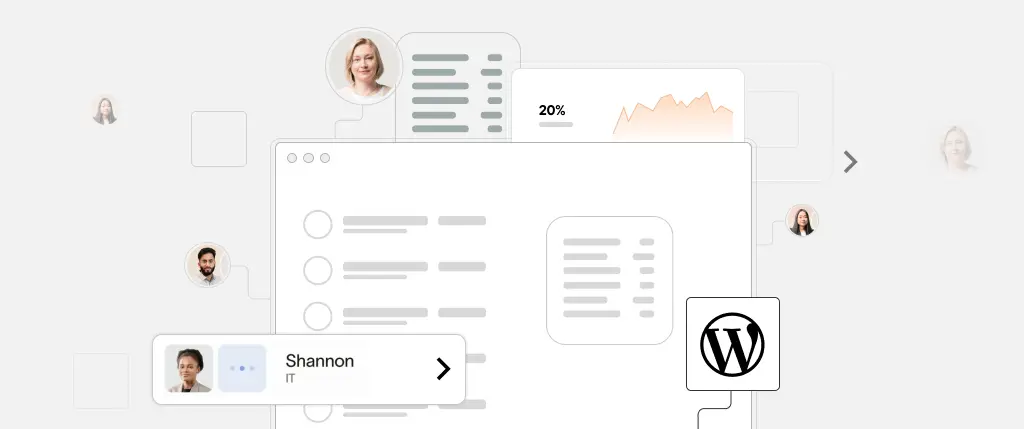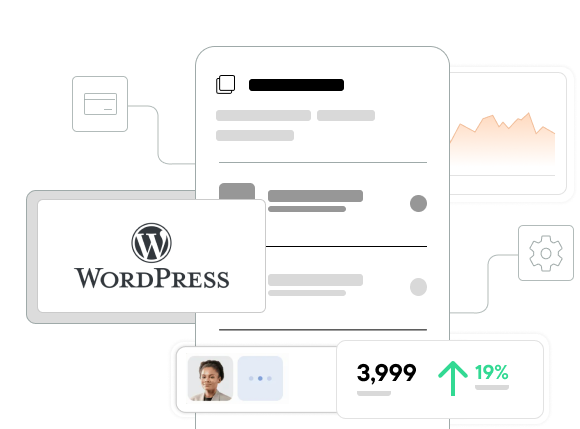Website engagement can wane, especially so if its offerings aren’t tailored to their target audience.
Consumer expectations are getting higher: if what they’re interested in seeing is not conveniently upfront, why should they waste more of their time with that site?
Personalisation is becoming a key marketing concern to keep users clicking. It spans every part of communication, presenting hand-chosen products and insights for potential customers through a website homepage, an email newsletter, a social post, and even small web widgets to direct their attentions to what they’ll find valuable.
Fortunately, greater data processing is making it easier to understand customers’ wants and needs to personalise a webpage. Whatsmore, beyond traditional CMS, Headless architecture is making the process of personalisation far more streamlined, efficient and powerful to drive conversions in a more competitive market.
Getting personal
Personalisation uses data to inform which content will be dynamically tailored to a site user when they visit a website. This data could be their track record or history of visited pages, where they are based in the world, previous interactions and downloads, URL referrals, and what their level of engagement says about their stage on the buying journey.
A well-designed website with user experience (UX) in mind will aim to guide them on a path or learning and, hopefully, an eventual sale, presenting many instances for interactions and page clicks in an ease to navigate interface. Informed by data, the insights they’ll uncover throughout their discovery should adhere to their tastes.
Personalisation aims to create brand loyalty by making users feel like their wants are being seen and taken care of. When trust is created, they are far more likely to spend more time with a brand’s web offerings, as well as share their personal data to receive more of the content they’re interested in.
Why Headless?
To understand why Headless architecture can make personalising content across websites that much easier, it’s best to know it’s main difference from traditional CMS.
Web building traditional relies on the interplay between a frontend and a backend. The former facilitates how the interactive user-end pages will look. It’s a playground for UX designers that help tweak pages to guide a digital experience through functionality. The backend comprises the submerged part of the iceberg, housing all the relevant code, data, plugins, tech integrations and web operations managed by developers.
Traditional CMS is a monolithic structure that houses the frontend and backend under one roof. It’s useful as one place where content editors, marketers and developers can (hopefully!) work together to adapt everything from a site’s look and feel to maintenance, operations, and security.
However, this unified approach is less flexible than Headless, which decouples the content layer from the backend that ensures the delivery of consistent content through APIs. The frontend (the ‘head’) is chopped off so that the user interface can be scaled up easily and refashioned to suit user interests, all while maintaining the same level of UX no matter what channel or device. It separates the workloads of developers and content editors to make sure functionality and design are both given their due focus.
But the value of Headless also lies in personalisation; the content that users see is ‘atomised’, broken down into reusable pieces, then restructured in varieties of the presentation layer to deliver a seamless bespoke experience to every web visitor.
Data integration for Headless personalisation
People opt to browse and shop on mobile, desktops or tablets, or through social media accounts, designated ecommerce sites or apps. Marketers looking to take advantage of omni-channel marketing to reach as many eyes as possible benefit from Headless, which ensures high UX and functionality no matter how the content layer is reconfigured according to user’s preferences.
Headless CMS’ API-first approach offers a greater deal of integration to benefit personalisation efforts. A tech stack is made up of automation software, data analytics tools, plugins (including localised translation tools) and CRMs to house customer data, all which can be integrated with the Headless CMS to construct bespoke digital buying journeys across a range of channels and devices. If a user follows a product recommendation via email for example, this data can re-present that piece of content on each platform they use. Knowing that the company is recognising their preference, there’s a greater chance of conversion.
When better business relies on personalised offerings, a Headless CMS offers a range of benefits to make multi-channel marketing more simple, flexible, and scalable than ever. If you’d like to find out more about how Headless hosting can help personalise an agency’s range of digital experience, speak to a SiteBox expert today!
